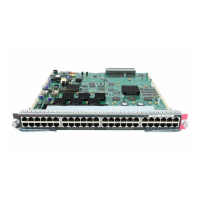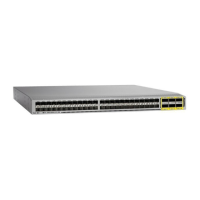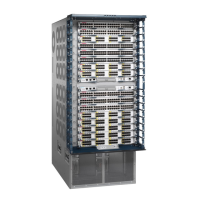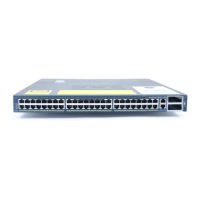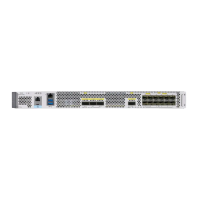C-5
Cisco TrustSec Configuration Guide
OL-22192-01
Appendix C Notes for Catalyst 6500 Series Switches
FIPS Support
Prerequisites for FIPS Configuration
• Disable Telnet. Users should log in using Secure Shell (SSH) only.
• Disable SNMPv1 and v2. Any existing user accounts on the device that have been configured for
SNMPv3 should be configured only with SHA for authentication and AES/3DES for privacy.
• Delete all SSH server RSA1 key-pairs.
Guidelines and Limitations for FIPS
• The RADIUS keywrap feature works only with Cisco Identity Services Engine 1.1 or Cisco ACS
Release 5.2 or later releases.
• HTTPS/TLS access to the module is allowed in FIPS approved mode of operation, using
SSLv3.1/TLSv1.0 and a FIPS approved algorithm.
• SSH access to the module is allowed in FIPS approved mode of operation, using SSHv2 and a FIPS
approved algorithm. Many SSH clients provide cryptographic libraries that can be set to FIPS Mode,
making all cryptographic operations FIPS 140-2 Level 2 compliant.
• Your passwords must have a minimum of eight alphanumeric characters including at least one letter
and at least one number character.
Default Settings for FIPS
The default is FIPS mode disabled, RADIUS keywrap disabled.

